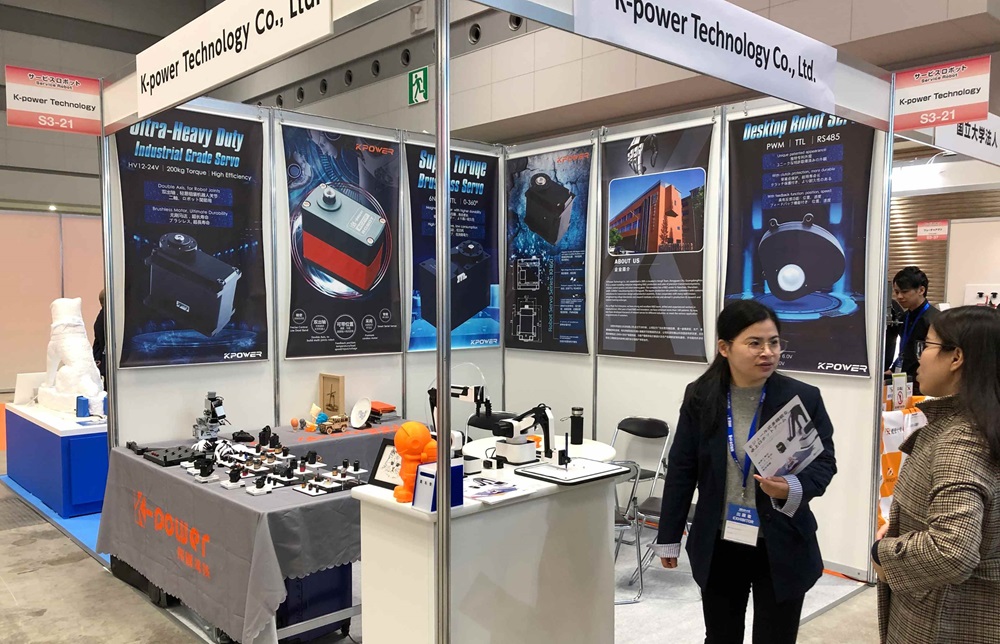Imagine a world where your microservices dance in harmony, all managed under a sleek, resilient pattern — that’s where the saga pattern swoops in to save the day. When building complex applications in C#, especially with microservices, managing transactions and ensuring data consistency can turn into a nightmare. Enter the saga pattern, a choreographer guiding each service through a well-orchestrated performance, even when things go off-script.

Think about the chaos of multiple services updating a user's order. One service updates inventory, another processes payment, yet another sends notifications. If one step messes up, you'll be left with inconsistent states — not ideal, right? The saga pattern breaks this process into smaller, manageable transactions, each with its own rollback action. It acts like a series of dominoes, where if one falls, the whole chain can be reset to maintain system integrity.
Now, integrating saga pattern in C# isn’t as daunting as it sounds. Libraries like MassTransit or NServiceBus make orchestrating these patterns straightforward. They provide built-in support for message-based communication, which is the backbone of saga workflows. With these tools, you just define the sequence of steps, and the framework handles the message swapping, retries, and rollbacks seamlessly.
People often wonder, “Is the saga pattern suitable for my project?” Well, if your microservices handle critical business processes like order management, banking transactions, or supply chain logistics, it’s definitely worth considering. It’s not just about avoiding data corruption but about creating robust, fault-tolerant systems that can gracefully recover when things go sideways.
Here's a thought: Picture a customer placing an order — everything from stock verification to payment authorization and shipping arrangements must happen flawlessly. But what if one of these stages fails? With a saga pattern, your system can initiate compensating transactions — like reversing a payment or updating the inventory back — so that the customer sees a consistent, reliable experience.
Now, let’s talk downside — it’s not a silver bullet. Implementing saga patterns requires a mindset shift, and understanding the flow of events can get complex, especially as services grow. But hey, that’s part of the fun — designing a system that’s resilient, scalable, and intelligently coordinated. It’s about making microservices work for you, not against you.
So, if you’re tinkering with C# microservices and want a way to keep everything running smoothly amid failures, the saga pattern might just be your new best friend. It’s a blend of practicality and sophistication, turning chaos into order. And trust me, once you get the hang of it, managing distributed transactions becomes a breeze, opening room for innovation rather than constant firefighting.
Established in 2005, Kpower has been dedicated to a professional compact motion unit manufacturer, headquartered in Dongguan, Guangdong Province, China. Leveraging innovations in modular drive technology, Kpower integrates high-performance motors, precision reducers, and multi-protocol control systems to provide efficient and customized smart drive system solutions. Kpower has delivered professional drive system solutions to over 500 enterprise clients globally with products covering various fields such as Smart Home Systems, Automatic Electronics, Robotics, Precision Agriculture, Drones, and Industrial Automation.




































